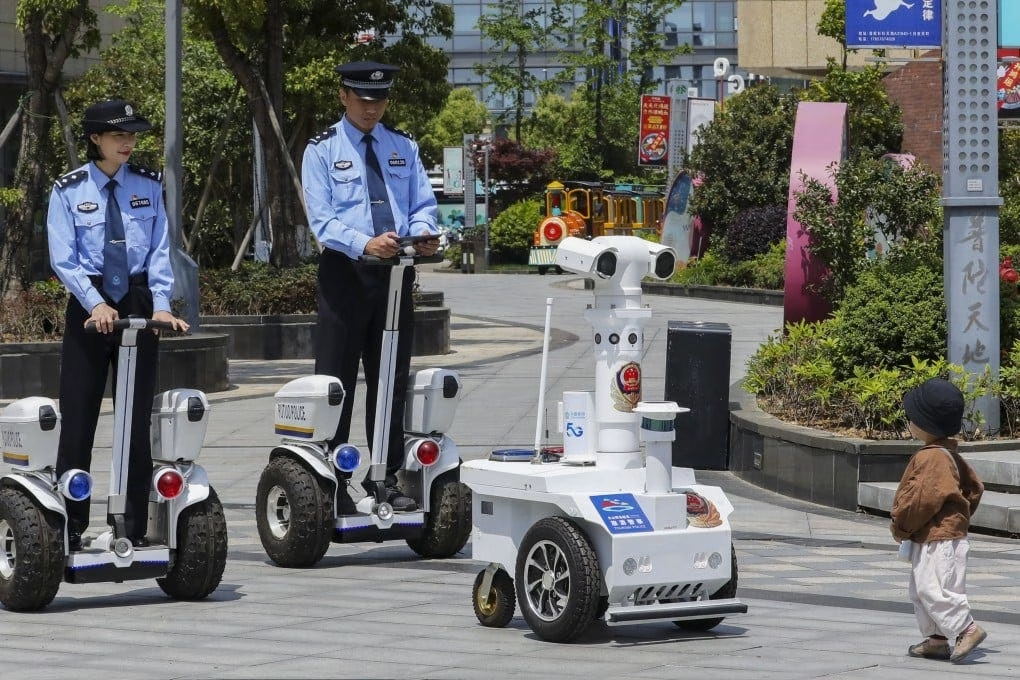China has taken a bold step into the future of law enforcement by deploying robot police on its streets. These high-tech officers are designed to assist human police, enhance security, and improve surveillance capabilities. The move signals a shift toward AI-driven policing, raising both excitement and concerns about the role of technology in public safety.
The robot police are equipped with advanced facial recognition, AI-powered analytics, and real-time data collection. They can patrol streets, monitor crowds, detect suspicious activities, and even issue warnings. Some models are also capable of interacting with citizens, responding to queries, and alerting human officers when needed.
Authorities claim that these robotic officers will improve efficiency and reduce crime rates. By providing 24/7 monitoring and instant data analysis, they can support traditional law enforcement in handling security threats. Additionally, they may help in situations where human officers could be at risk, such as handling dangerous suspects or monitoring high-security areas.
However, the deployment of robot police has also sparked debates about privacy and ethical concerns. Critics argue that constant surveillance could infringe on citizens’ rights, while others worry about potential biases in AI decision-making. Despite these concerns, China continues to expand its use of robotics, positioning itself as a global leader in AI-driven policing.
As the world watches China’s robotic law enforcement experiment, one question remains: Will robot police become a global trend, or will they raise too many ethical dilemmas to be widely accepted?




